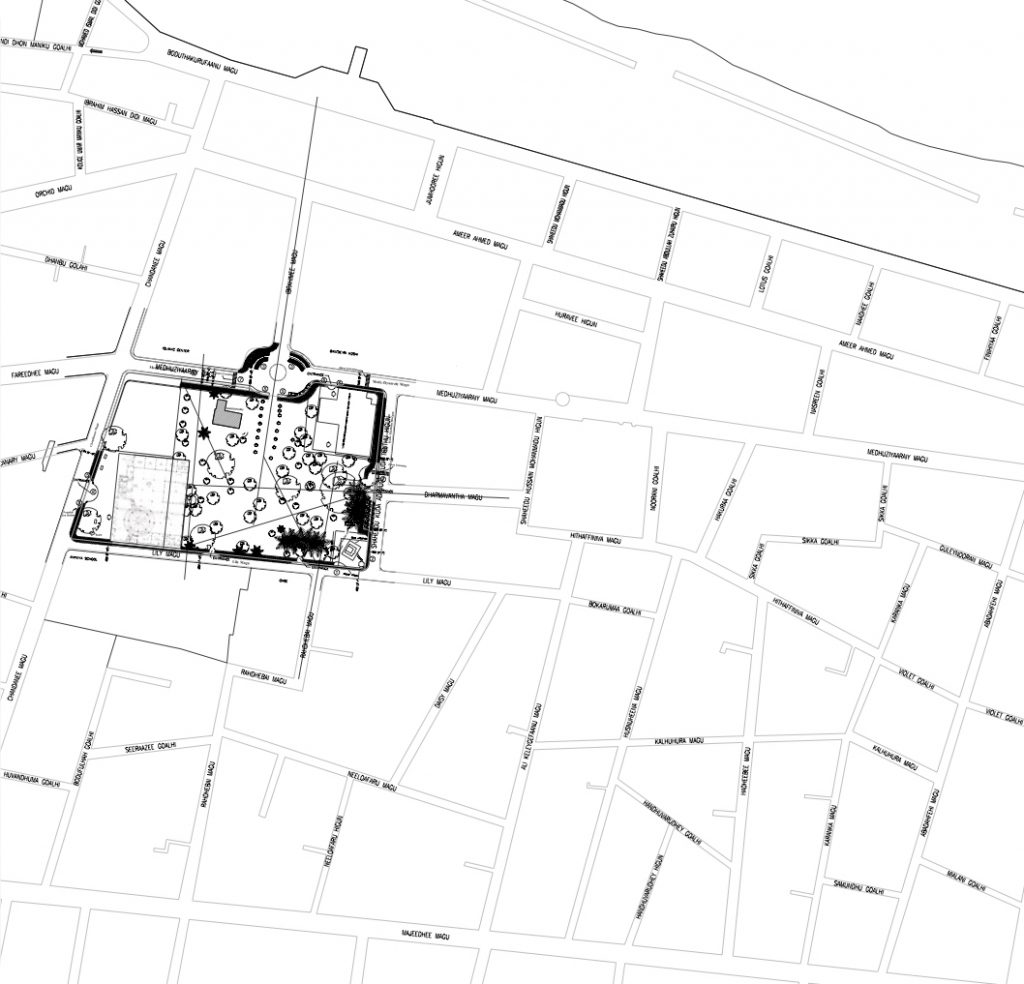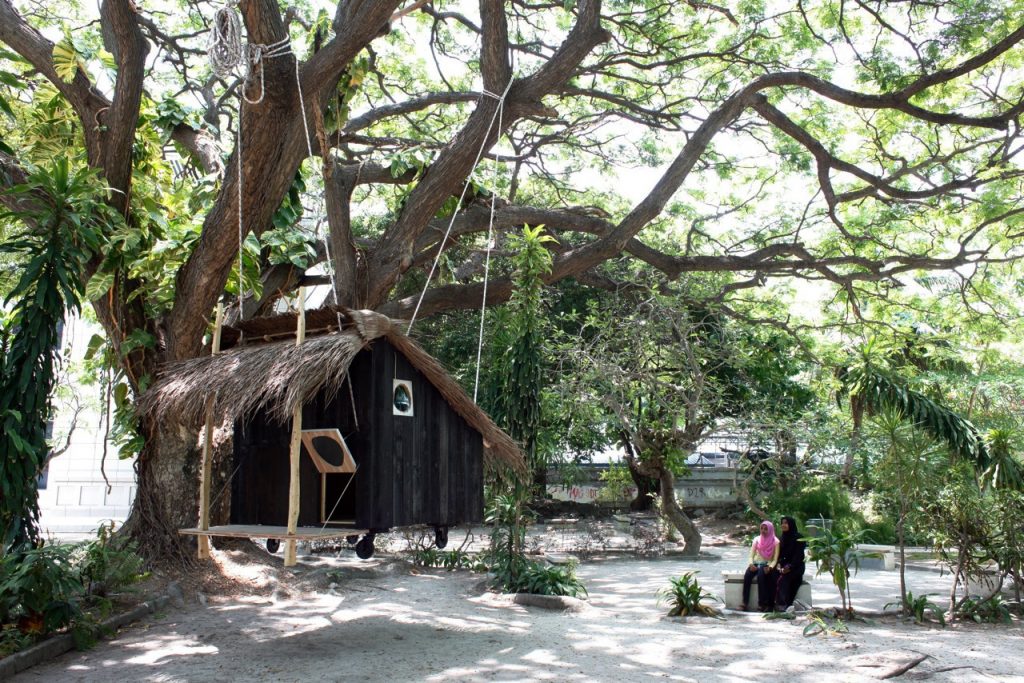Revisiting the Sultan’s Park : the anatomy of public space
Reconfiguration of Sultan Park as meaningful Public Space - integrating the National Museum and other buildings as a Cultural Complex – a proposition.
Here we revisit a 2010 proposition to re imagine the Sultan’s Park after removal of barbed wires from the park’s boundaries in 2009 – an idea that gained momentum as a political pledge for creating public space after the fall of a dictatorship in 2008.
Eleven years since, in the second wave of a hopeful democratic reform period, we are left with a massively transformed, artificialised, heavily regulated and rebranded Rasrani Park – a symbol of the autocratic government that prevailed as we passed the 50th year of independence. The methods/process employed in rebranding and design of the new park are a stark contrast to the freedoms envisioned in the period post 2008.
With this 2010 proposition for creating a meaningful public space in Sultan Park, we intend to start a dialogue to explore and reflect on the anatomy of public space in our inherited culture of confinement, on space that had ceased to exist in the recent past and space that could be created in future.
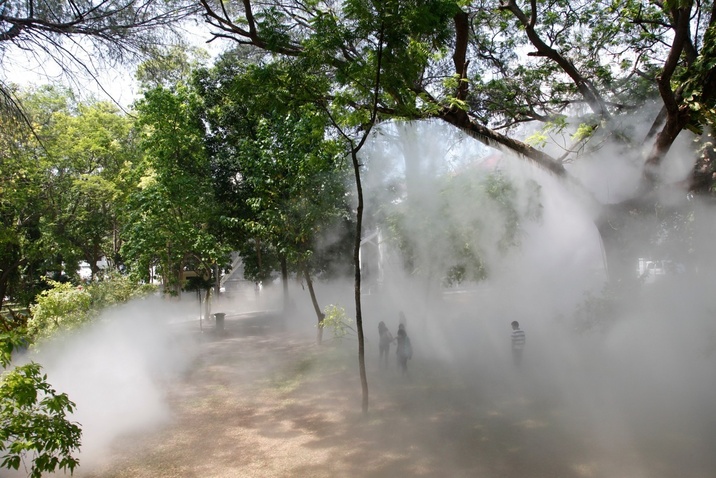
Excerpt from the 2010 proposition:
“The Sultan’s Park should be kept as intact as possible without cutting more trees than necessary. A path through the whole park ending into Lily Magu to make the park more available to the pubic is recommended. To make it an Open Air Museum the suggestion is to build part of a village along one of the present paths, with examples of different building techniques, homes, kitchen, workshops etc.. ”
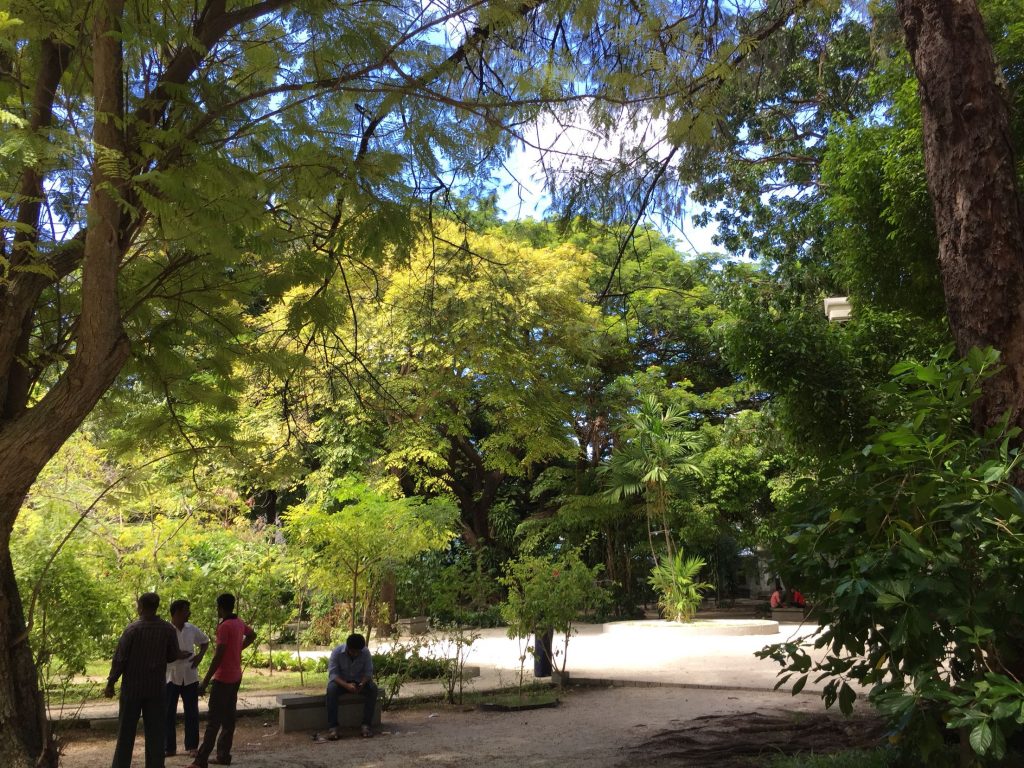
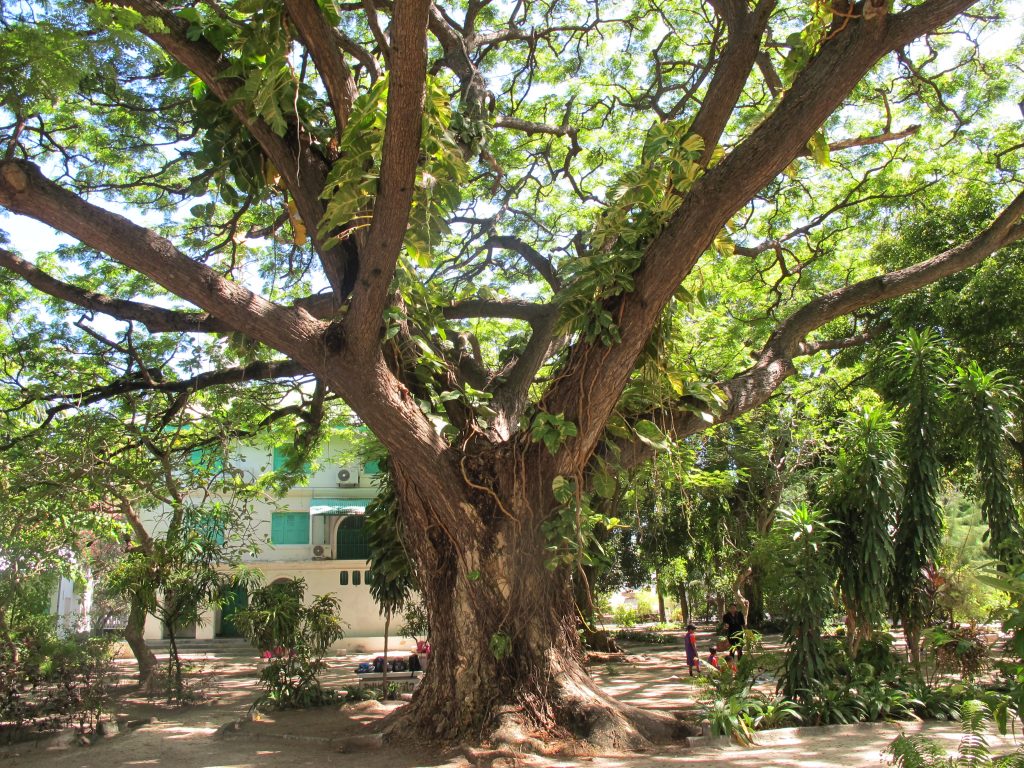
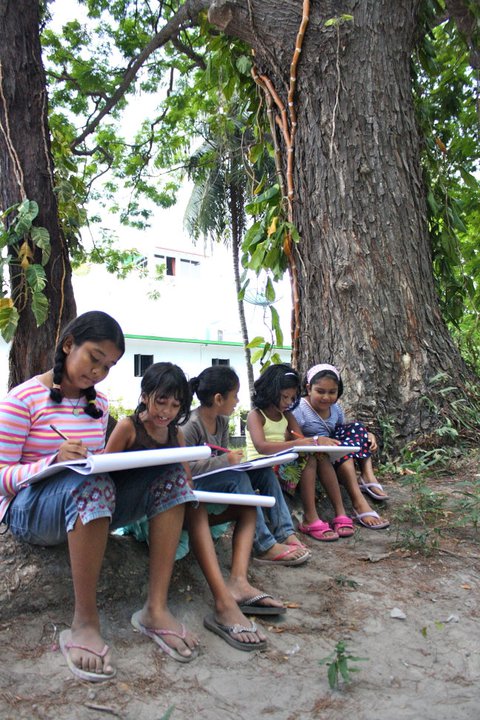
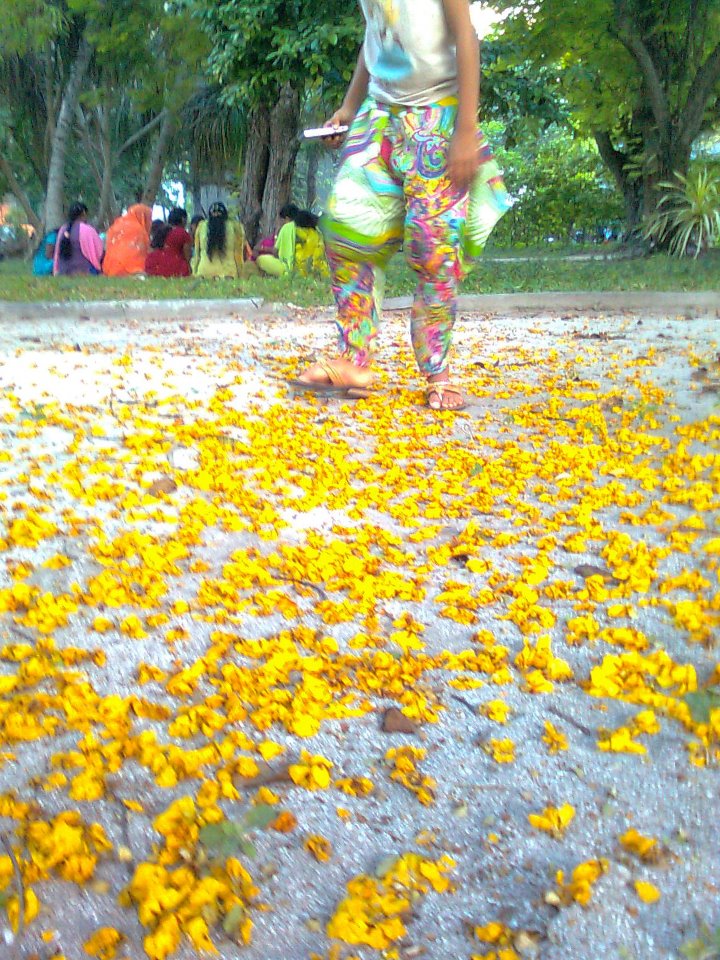
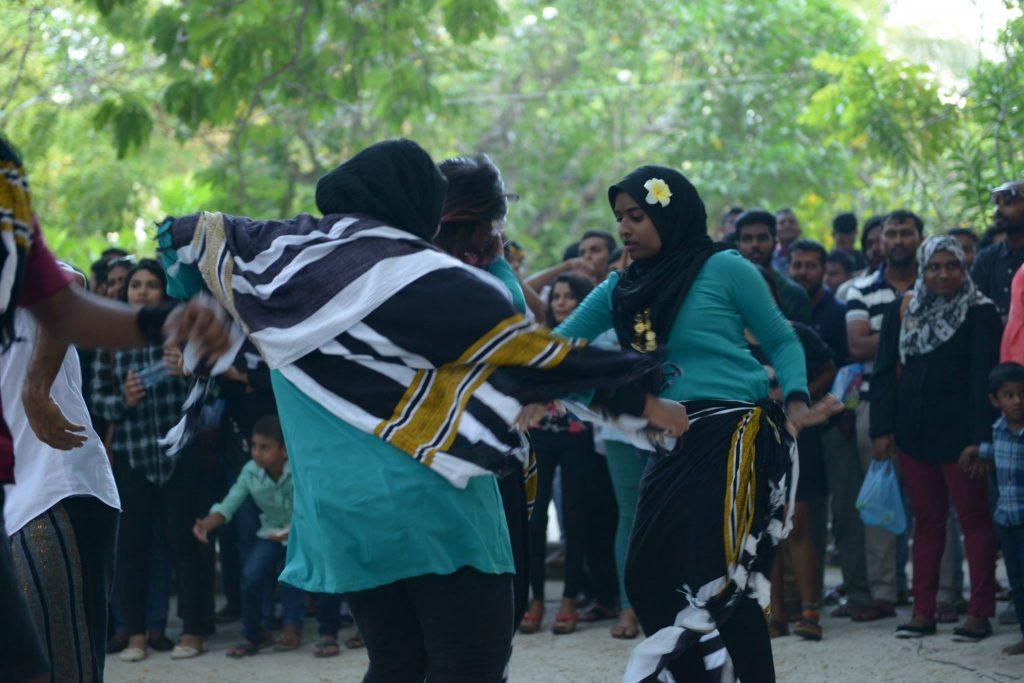
Sultan Park before transformation – photos in order:
- Sharifah Mazwin pinterest.com
- via www.svetaphoto.com
- The Human Nest – art installation/ via Breathing Atolls
- Children’s art session/ via Yumna Rushdi
- Before an entrance fee of Rf. 75 was imposed on expatriates
- Fannuge Dharin: arts event at Sultan Park/ via Harubee facebook
